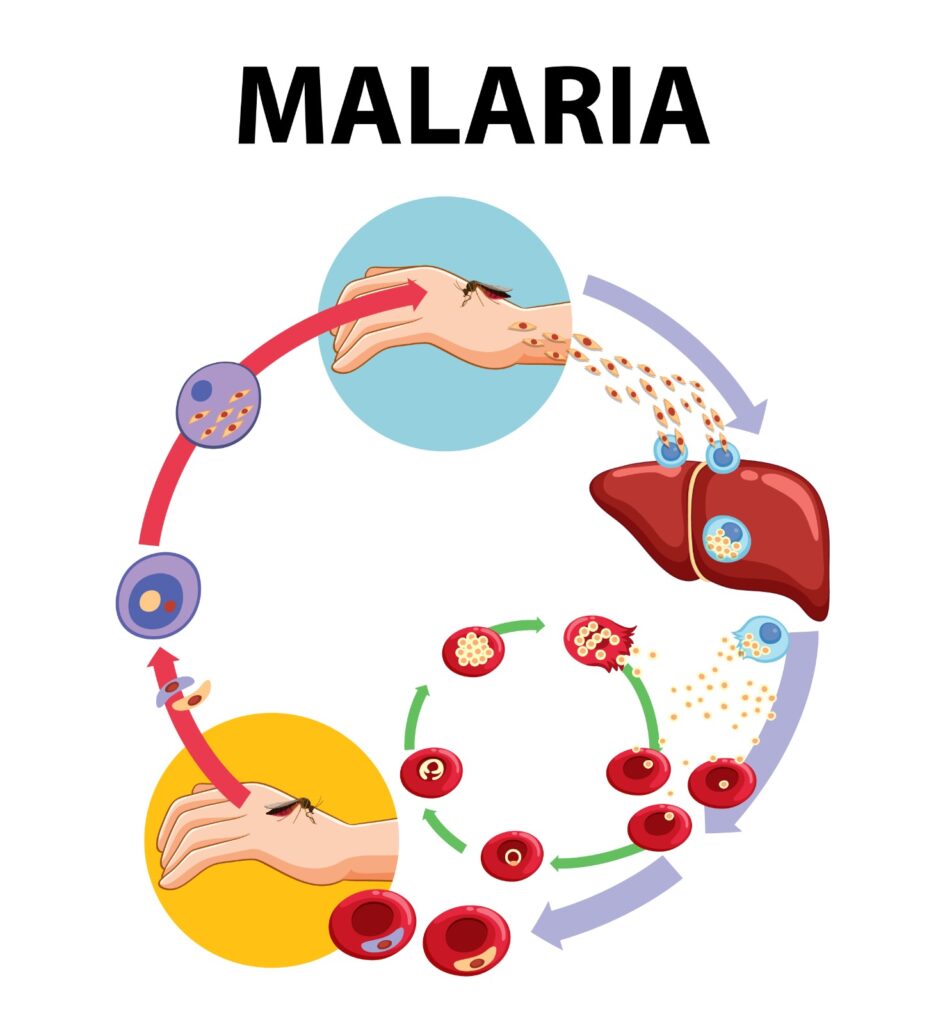Malaria is a deadly disease that affects more than 200 million people annually, resulting in almost half a million deaths each year. This disease is caused by Plasmodium parasites, which cause extremely high fevers and shaking chills by infecting and reproducing inside human red blood cells.
The parasites are transmitted between humans by mosquitoes. When an infected mosquito bites a human, the parasites travel with the mosquito saliva into the human bloodstream. The parasites travel to the liver, where they mature into a form capable of infecting red blood cells.

The mature parasites burst out of liver cells into the bloodstream, where they quickly invade red cells during this process. The outer membrane of the red-blood cell folds inward to form a sac called a vacuole around the parasite.
From within this vacuaole, the parasite makes and transports hundreds of proteins out into its red cell to remodel its new home. These hundreds of proteins pass through a gatekeeper in the vacuole membrane called The putative Plasmodium Translocon of Exported Proteins (PTEX).
PTEx is a novel membrane protein complex which is essential for the parasite to live. PTex is the molecular machine that unfolds hundreds of malaria proteins and transports them across the vacuole membrane into the red blood cell. Our new understanding of this fascinating molecular machine paves the way for creation of desperately needed new anti-malarial medications.


